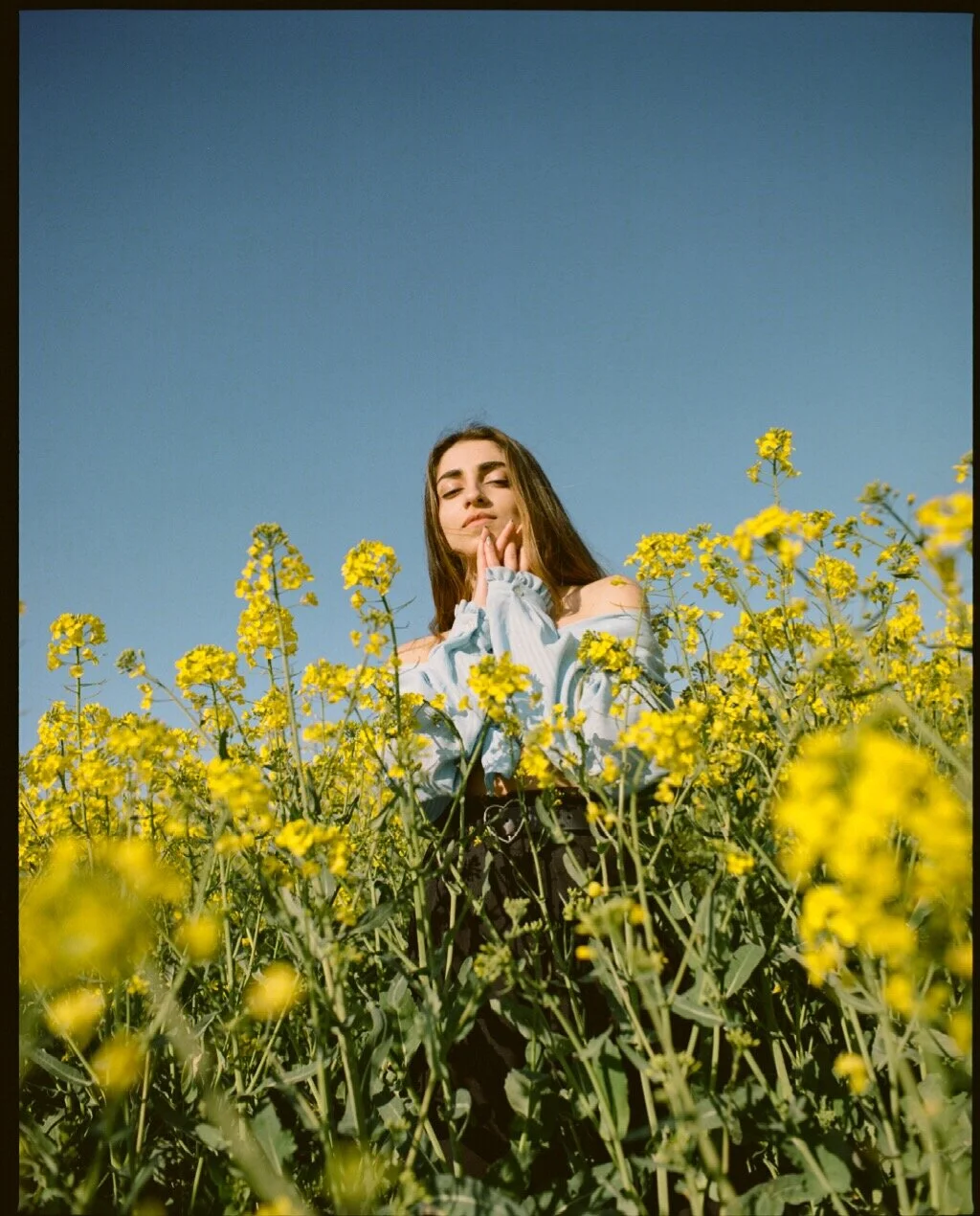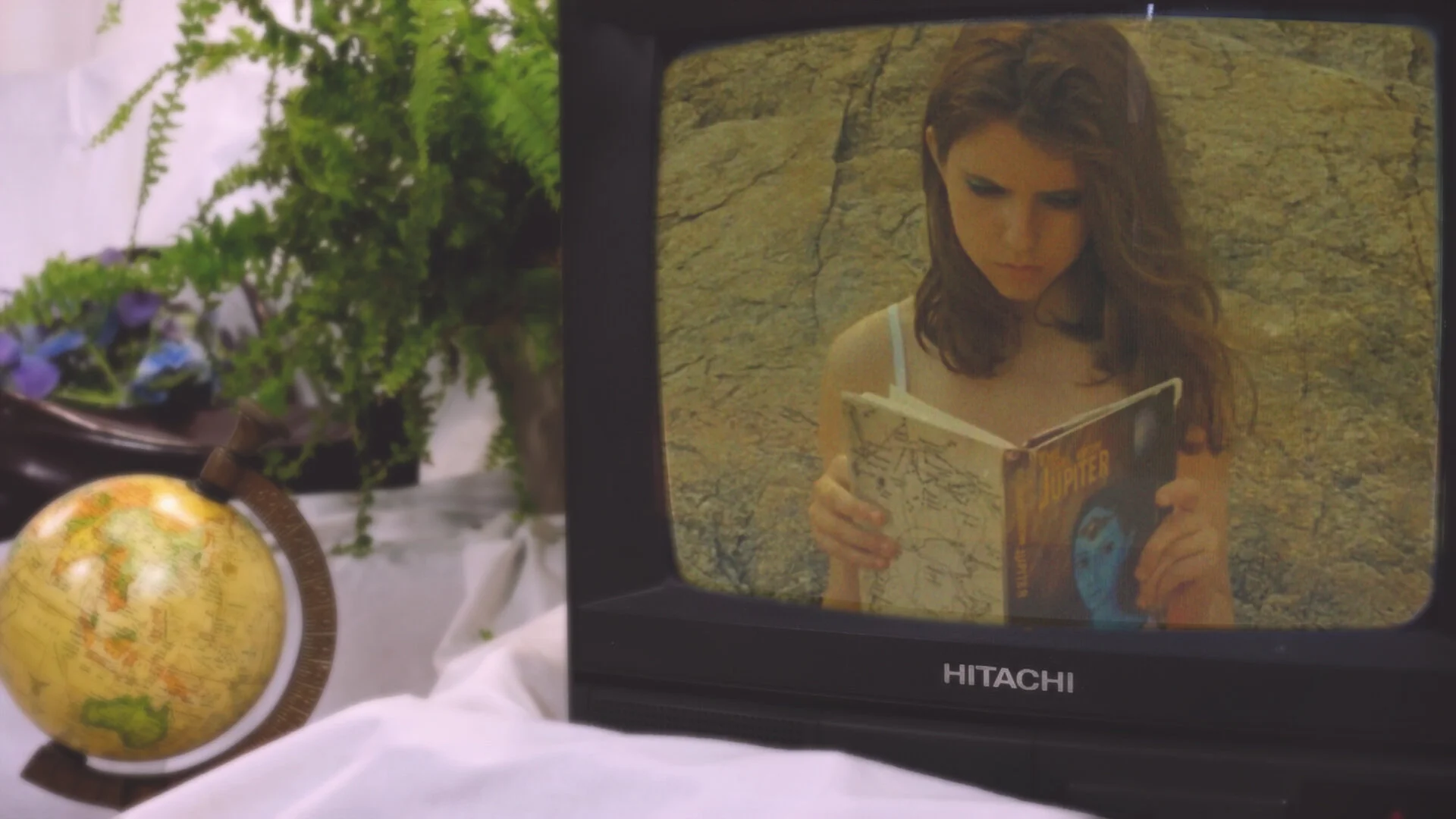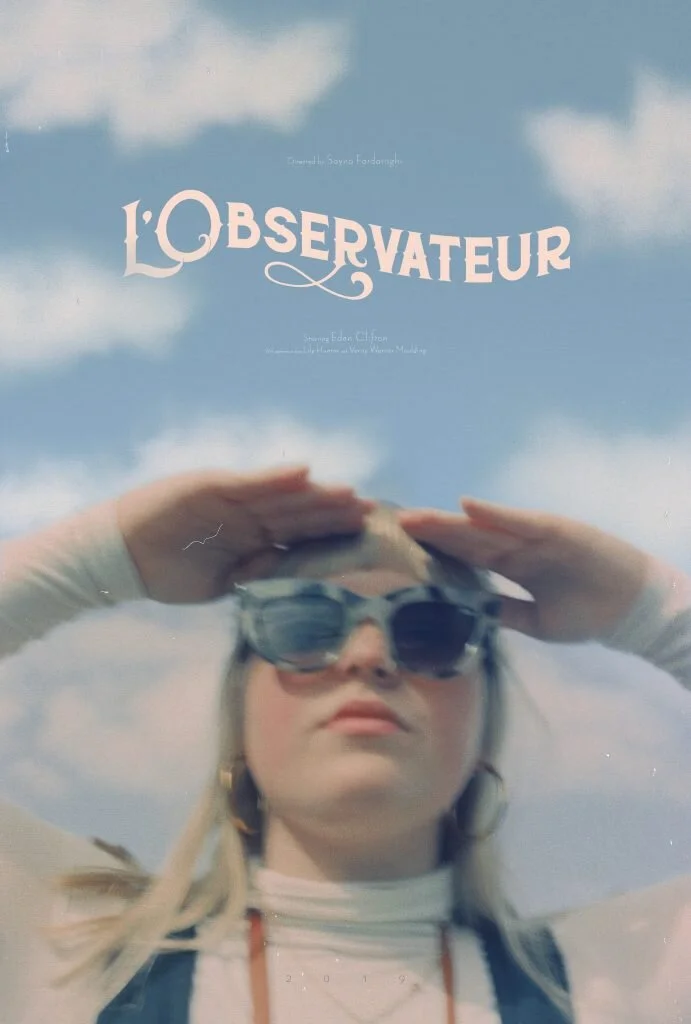I realized that there was something really special about something so personal: A Conversation with Sayna Fardaraghi
I first found Sayna on Twitter when I started my summer vacation. I was in awe at how most of the elements in her films reflected the main essence of a summer, I think, we all long for. The portrayal of youth, the teen soul, the massive bodies of water, the sun, and a lot of whimsical haze, sends me to a warm state of wistfulness. Then, I knew there would be no magazine with an issue theme so similar to her work. When I sent an email to our contributors, announcing the theme of our third issue, I said the following:
We’re looking for themes that tackle dreams and coming-of-age and searching for one’s soul—as cheesy as it sounds, but we’re all young around here so I think we might learn from one another. I’m thinking of something like the movie productions of A24. If you’re looking for a color palette you could use as reference, I think: light pink, light blue, light purple, and gold.
All of the elements listed, I think, are found in Sayna’s films. In this issue, I am honored to have Sayna Fardaraghi, one of my favorite women filmmakers, agree to display her work on here.
JOOD ALTHUKAIR: Sayna, I notice that most of your videos carry a somewhat nostalgic, Wes Anderson-esque essence; something that makes the viewer feel that they’re longing for a memory they haven’t personally experienced. How long have you been practicing this cinematic style, and where do you take your inspiration from?
SAYNA FARDARAGHI: Gosh, I’ve probably been doing this for as long as I can remember! I started off my own trail of work by making montages of my summer and also my year. It was something I did to document the changes in my life as well as the people in it. Soon, I realized that there was something really special about something so personal, so I decided to share it on Instagram and slowly merge that into my later work. I think there’s a real charm in creating a connection with your audience through sharing distant memories and vulnerabilities. There’s something about personal moments that really resonate and connect with others, whether or not there’s a similarity in the experiences being shown.
A lot of my inspiration for this comes from the people in my life. I tend to ask people about their childhood memories or their favorite moments with their friends. It’s funny, but you can instantly tell from the look on their face that there’s something special hidden away (hence my aim to constantly bring that out when I make my films, hoping to recreate that feeling and act as a reminder of what once may have been forgotten).
Visually speaking, Wes Anderson has always been my main influence. Other than him, I tend to look at a lot of fashion magazines as well. Some of my favorite people in that medium are Tyler Mitchell, Petra Collins, and Harley Weir.
We see a lot of teen girls and young women in your films. Tell us how you usually envision the end product of your work. What elements do you make sure to include, and what themes do you usually want to tackle?
Well, I guess I’m quite a visual person, so I always think about what I want to visually communicate through colors and scene settings in my work. I then develop it to introduce a story that surrounds the theme of dreams, forgotten memories, and nostalgia. My aim is to always make people smile, but to also have some sort of emotional connection with the work I make. So I keep things as soft and uplifting as possible, whilst slipping in a few little jokes here and there! As long as something I make has a connection with someone and really has an emotional impact, I’m happy!
I heard a lot of buzz on your short film, L’Observateur. And honestly, it’s one of my favorite short films out there. Tell us how you got the idea, your favorite part in its creation process, and how long it took for you to complete it.
Thank you so much, it means a lot! The idea came about during my travels to university. Every day I would spend 40 minutes on the train and would notice the little things in the strangers that sat around me. From then, I came to the realization that I was actually quite observant and an avid people-watcher, so I decided to further look into that and collect stories from friends on what they often look out for when they’re people-watching. Those ideas and stories slowly developed into a short script, which I used for my final university project. The entire production process took around 3 weeks, which was speedy and a little stressful, especially when having had no resources and access to a proper studio. But hey, we managed!
I think my favorite part about the process was the day my friends and I showed up to a classroom space with a bunch of Ikea bags filled with props and a birthday cake from my house. We had to set up a scene and shoot everything I needed within 4 hours. I’ll be honest, it was a tad bit stressful, but in the end, it was actually really fun! The experience of making the film really helped shape me as a creative and make me more versatile. I think it’s good to find new ways to work around roadblocks and to do things yourself when you don’t have the resources. I’m so grateful for my friends also, I really couldn’t have done it without them.
What advice do you give to aspiring filmmakers, whose dreams are what makes them move forward?
My advice is, whenever you have an idea and the time for it, just go full-speed ahead and start making it! Use whatever resources you have to create what you’re envisioning, because at the end of the day, trying is what’s most important. Don’t think about the “what-ifs”, think about the evolution of your work and how much you’re going to grow! ◆
Jood is the founder of this site. Find her on her Instagram here.




